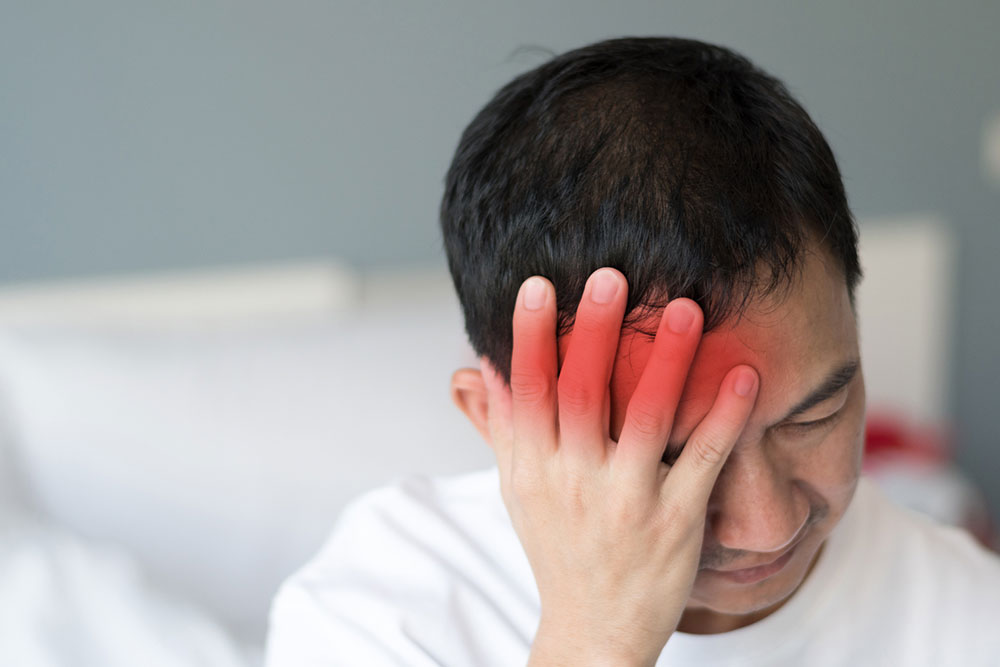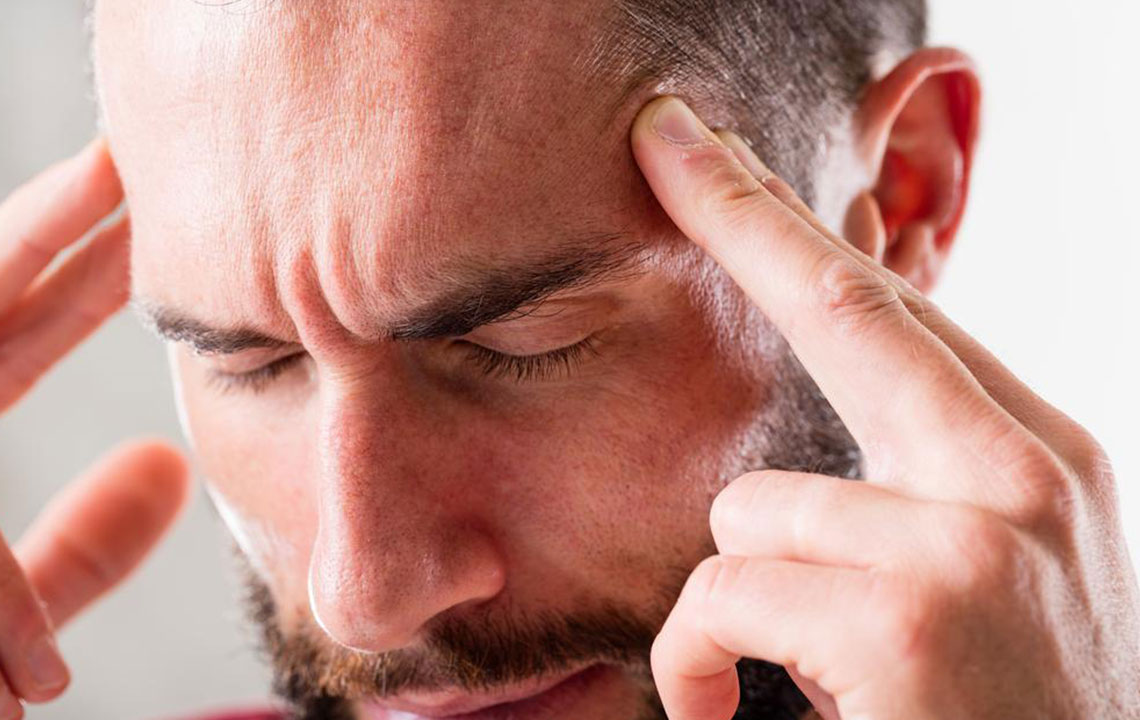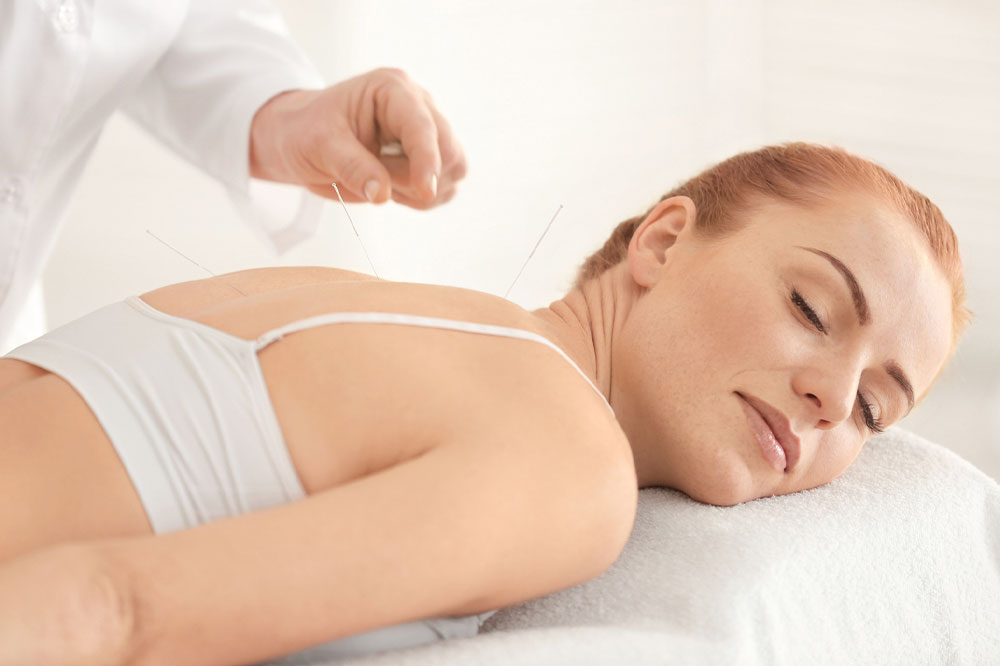Essential Strategies for Managing and Relieving Migraine Pain
This comprehensive guide outlines effective strategies for managing and alleviating migraine pain. It covers migraine stages, triggers, natural remedies like aromatherapy and acupressure, stress management, lifestyle modifications, and medication options. Understanding these approaches can help sufferers reduce attack frequency and improve quality of life through practical tips and natural therapies.

Essential Strategies for Managing and Relieving Migraine Pain
Migraines are neurological disorders characterized by intense, throbbing headaches typically on one or both sides of the head. These headaches may persist for hours or even days. Although the exact cause remains unknown, experts suggest abnormal brain activity plays a role.
Migraine phases and symptoms
There are four distinct stages of a migraine, each presenting different symptoms.
Prodrome stage – Manifested by constipation, mood swings, feelings of depression, cravings, neck stiffness, increased thirst, urination, and frequent yawning.
Aura stage – Features vision disturbances, visual phenomena, speech difficulties, involuntary movements, and tingling sensations in limbs.
Attack or headache phase – Characterized by pain on either side of the head, nausea, vomiting, blurred vision, throbbing sensation, light sensitivity, and dizziness.
Postdrome phase – Includes symptoms like dizziness, fatigue, light sensitivity, mood fluctuations, and confusion.
Common migraine triggers
Various factors can trigger migraines, including hormonal fluctuations, physical stress, specific foods, medications, and environmental elements. Not everyone can identify their triggers clearly, but reducing exposure to known triggers can help manage symptoms.
Since some triggers are unavoidable, exploring alternative methods can help alleviate the discomfort associated with migraines.
Effective methods to reduce migraine symptoms
Natural approaches – Using lavender oil via inhalation or topically on temples can offer quick relief during migraine episodes. Acupressure is also beneficial; regular practice can decrease how often migraines occur.
Physical activity and yoga – Activities like jogging, swimming, dancing, cycling, or brisk walking promote overall health and can lessen migraine frequency. Yoga helps calm the mind and relax the body, thereby reducing stress and associated symptoms.
Stress reduction techniques – Since stress can trigger migraines, adopting stress management strategies such as maintaining a balanced diet, exercising regularly, and practicing relaxation techniques can be highly effective.
Medication options – Doctors may prescribe specific medications to treat migraines. These fall into two categories: those for immediate relief during attacks and preventive drugs to reduce their frequency and severity.
Pain-relief medicines – Taken at the onset of symptoms to provide fast relief.
Preventive therapies – Regular use of these medications can reduce how often migraines occur and how intense they can be.










